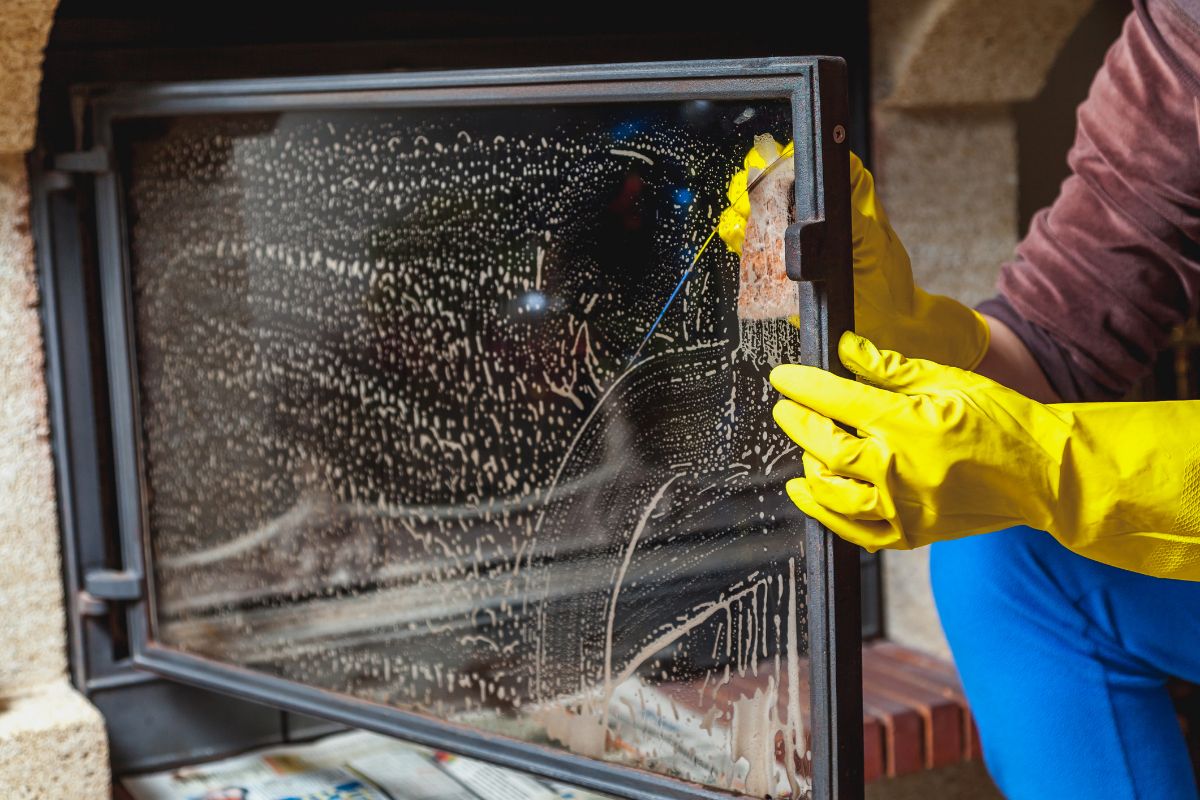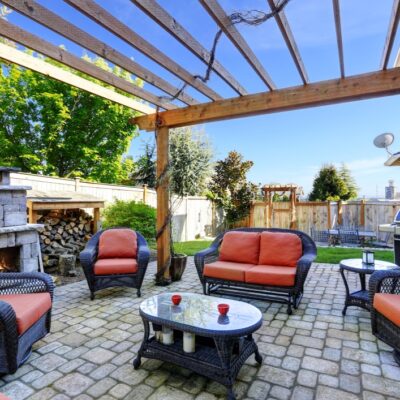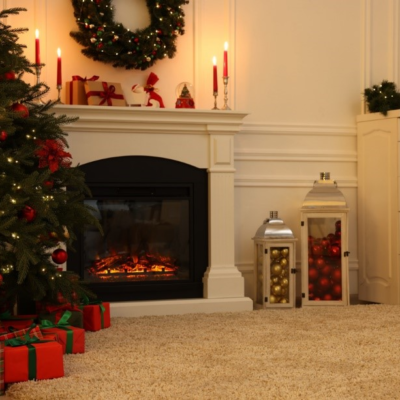
Wood burning fireplace sales are steadily declining in favor of gas fireplaces, and it’s easy to see why. Wood burning fireplaces require extra maintenance to fuel the flames, whereas a gas fireplace relies on natural gas and is a safer, cleaner choice for the environment.
Whether you’re putting in the work to chop your wood or buying expensive pre-chopped wood, the extra effort can take the enjoyment out of owning a traditional wood burning fireplace. Plus, the mess that comes along with maintaining a wood burning fireplace can be frustrating. Although less work, gas fireplace maintenance is just as important as wood burning fireplace maintenance to ensure your fireplace is operating efficiently and safely.
With years of experience servicing gas fireplaces for families throughout Greater Indianapolis, we always encourage customers to check the manufacturer’s recommended gas fireplace maintenance service and cleaning instructions. Manufacturer recommendations will always supersede instructions from a third-party. However, if you do not have instructions readily available, here are some general maintenance steps you can follow:
Step 1. Before you service your fireplace, make sure your gas and pilot lights are turned off. We also recommend, for your own safety, that you wait for your fireplace to cool before performing an inspection and conducting maintenance.
Step 2. Once your gas is off and your fireplace has cooled down, inspect the exterior. Make sure there are no gaps in the gasket on the backside of the glass, and everything is securely mounted.
Step 3. Once you’ve completed your visual inspection, check the inside of your fireplace. Most gas fireplaces will have a removable glass door/panel for access to the inside of the fireplace. Check your owner’s manual for instructions on how to remove your glass panel.
Step 4. Once the glass door is off, clean both sides of the glass as needed. Any household glass or window cleaner that does not contain ammonia will work. For simplicity, a 50/ 50 mixture of white vinegar and water will remove most dirt off the glass. If you have any stubborn spots or soot build-up, a small amount of fireplace cleanser or ceramic cook-top cleanser can be applied and rubbed clean with another damp cloth. Let the glass dry thoroughly for at least 30 minutes before putting it back up. We recommend putting the door panel on a towel to dry while inside maintenance and cleaning is being done.
Step 5. After the glass has been cleaned inside and out, it is time to inspect and clean the gas logs. They may not be real, but they still need to be cleaned regularly to avoid soot build-up. Any discoloration on your logs is a sign of buildup that needs to be removed right away. Soot build up may be a sign of improper flame impingement or combustion. If this occurs, we recommend hiring a qualified service technician to inspect and repair the fireplace.
If you have vented gas logs, you can remove them yourself following your owner’s manual guide and then take them outside for cleaning. Gently brush the soot and dust it off with a paintbrush or soft-bristled brush. Brush the log from the top down to avoid breathing in any particles. NEVER wash the logs with water, soap, or spray, as that can damage the finish or make the coloring fade.
If you have vent-free gas logs, do not remove them yourself. Vent-free glass logs should only be removed and serviced by a qualified service technician.
Step 6. After everything has been cleaned and inspected, and you are satisfied with the glass, logs, and vacuuming, you can attach the glass paneling back on. Again, please wait at least 30 minutes after cleaning the glass to ensure the chemicals have evaporated.
Additional Tips:
- Make sure you have a working carbon monoxide detector in your home. This will help detect any potential combustion spilling into your home from your fireplace. Like smoke alarms, the batteries in your carbon monoxide detector should be replaced twice a year.
- Always have a licensed technician conduct routine gas fireplace repair and maintenance once every 3 to 5 years, preferably during the off-season from March through September. A licensed quality service technician will check for gas leaks, make sure your gas fireplace is venting properly, remove vent-free log and perform any repairs that may be needed
Need help with your gas fireplace?
Whether you’re overdue for maintenance or need vent-free logs removed, it’s time to call on help from the professionals. We recommend researching gas fireplace maintenance companies near you to find the best company for your needs.
As a trusted fireplace installer in Indiana with years of experience helping families throughout the Greater Indianapolis area with their gas fireplaces, Godby Hearth & Home can assist you with all your gas fireplace maintenance and servicing needs! Visit one of our showrooms or schedule a service with us to see how we can keep your gas fireplace running efficiently for years to come.




